How Does Tattoo Work
How Does Tattoo Work - Tattoos are permanent images that pigments create on our skin. Web tattoos & piercings. Web tattoos have been around for thousands of years—but how do they work? Brought to you by inside. Although many people can and do get tattoos successfully removed, there’s no guarantee that these methods will always work. The tattoo artist uses a needle to insert ink into the skin. A tattoo is a permanent form of body modification where an artist injects inks and pigments (dyes) into your skin. Most notably, au fa’atala or au mono (used for the. Web tattoos may not be forever, but they’re pretty close. Laser tattoo removal uses pulses of light directed at your skin to remove unwanted tattoos. Tattoos are permanent images that pigments create on our skin. A tattoo is forever (ish). Traditionally, tattooing often involved rubbing pigment into cuts. The epidermis, the dermis, and the subcutaneous layer. In fact, the oldest decorative skin markings found in human remains date back to 6000 b.c. Traditionally, tattooing often involved rubbing pigment into cuts. The machine moves a solid needle up and down to puncture the skin between 50 and 3,000 times per minute. The machine works by pricking your skin. Web yes, tattoo placement matters. Dec 17, 2023 1:29 pm est. Web tattoos / tattoo designs / tattoo process explained: To do this, they use an electrically powered tattoo machine that resembles (and sounds like) a dental drill. The tattoo artist uses a needle to insert ink into the skin. The needle moves up and down up to 3000 times per minute. Over time, the cells that absorbed the ink will. This saves hours of tracing time; Web usually, a tattoo artist uses a handheld machine that acts much like a sewing machine. Brought to you by inside. Most notably, au fa’atala or au mono (used for the. Since the neolithic era, people have been getting tattoos. They'll simply insert your tattoo design into the machine and it'll transfer onto a special thermal paper in seconds. Web how do tattoos work? The tattoo artist uses a needle to insert ink into the skin. Laser tattoo removal uses pulses of light directed at your skin to remove unwanted tattoos. The ink is injected into the dermis by a. Most notably, au fa’atala or au mono (used for the. Web the skin is divided into three layers: New research suggests that our bodies might have an intriguing way of handling tattoos —and the findings could eventually help us get better. A tattoo is a permanent form of body modification where an artist injects inks and pigments (dyes) into your. Web the skin is divided into three layers: New research suggests that our bodies might have an intriguing way of handling tattoos —and the findings could eventually help us get better. So, as you admire the intricate designs adorning the skin, remember that each tattoo is not merely an artwork—it’s a story etched into the living canvas of human. Understanding. The artist shades the tattoo. In fact, the oldest decorative skin markings found in human remains date back to 6000 b.c. Web tattoos have been around for thousands of years—but how do they work? Web usually, a tattoo artist uses a handheld machine that acts much like a sewing machine. But one thing’s for certain: The machine moves a solid needle up and down to puncture the skin between 50 and 3,000 times per minute. Modern tattooing almost always requires the use of a tattoo machine and often procedures and accessories to reduce the risk to human health. So, as you admire the intricate designs adorning the skin, remember that each tattoo is not merely. Brought to you by inside. Your artist will outline the design on the skin. It sends cells to that area to try and clear the foreign substance (ink), but become trapped in the dermis because the ink particles are too large to disperse. Web most tattoo studios use a machine called a thermal imager to make their stencils. Web artists. Since the neolithic era, people have been getting tattoos. Web usually, a tattoo artist uses a handheld machine that acts much like a sewing machine. 414k views 3 years ago ink science and regulation. Tama tonga’s tattoo seems to be comprised of a combination of techniques used in polynesian tattoo making. This can be between fifty and three thousand times per minute. To do this, they use an electrically powered tattoo machine that resembles (and sounds like) a dental drill. Web getting a tattoo is a three (or four) step process: In fact, the oldest decorative skin markings found in human remains date back to 6000 b.c. That tattoo is there, and it’s there to stay. Web basically, ink is implanted into a person’s skin. Artists apply tattoo ink using a specialized mechanical machine operated by a foot pedal. Web during tattooing, a needle is puncturing the skin at anywhere from 50 to 3,000 times per minute. This saves hours of tracing time; Web in the case of tattoos, the macrophages see the ink as foreign. When the lifespan of the macrophage is complete, it dies and releases the ink back into the skin, only to have it picked up again by another macrophage. A tattoo is a permanent form of body modification where an artist injects inks and pigments (dyes) into your skin.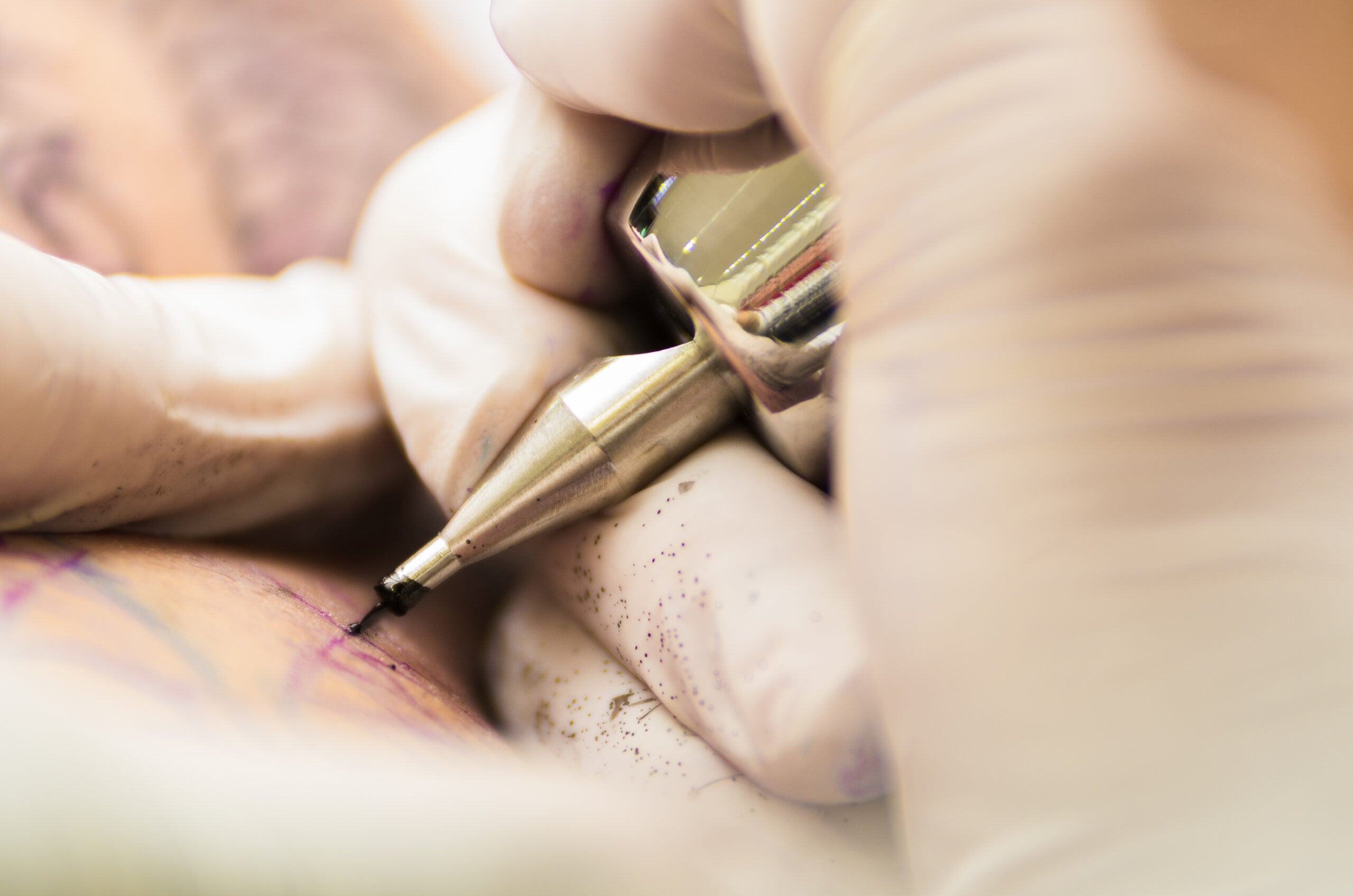
Tattoos are permanent, but the science behind them just shifted
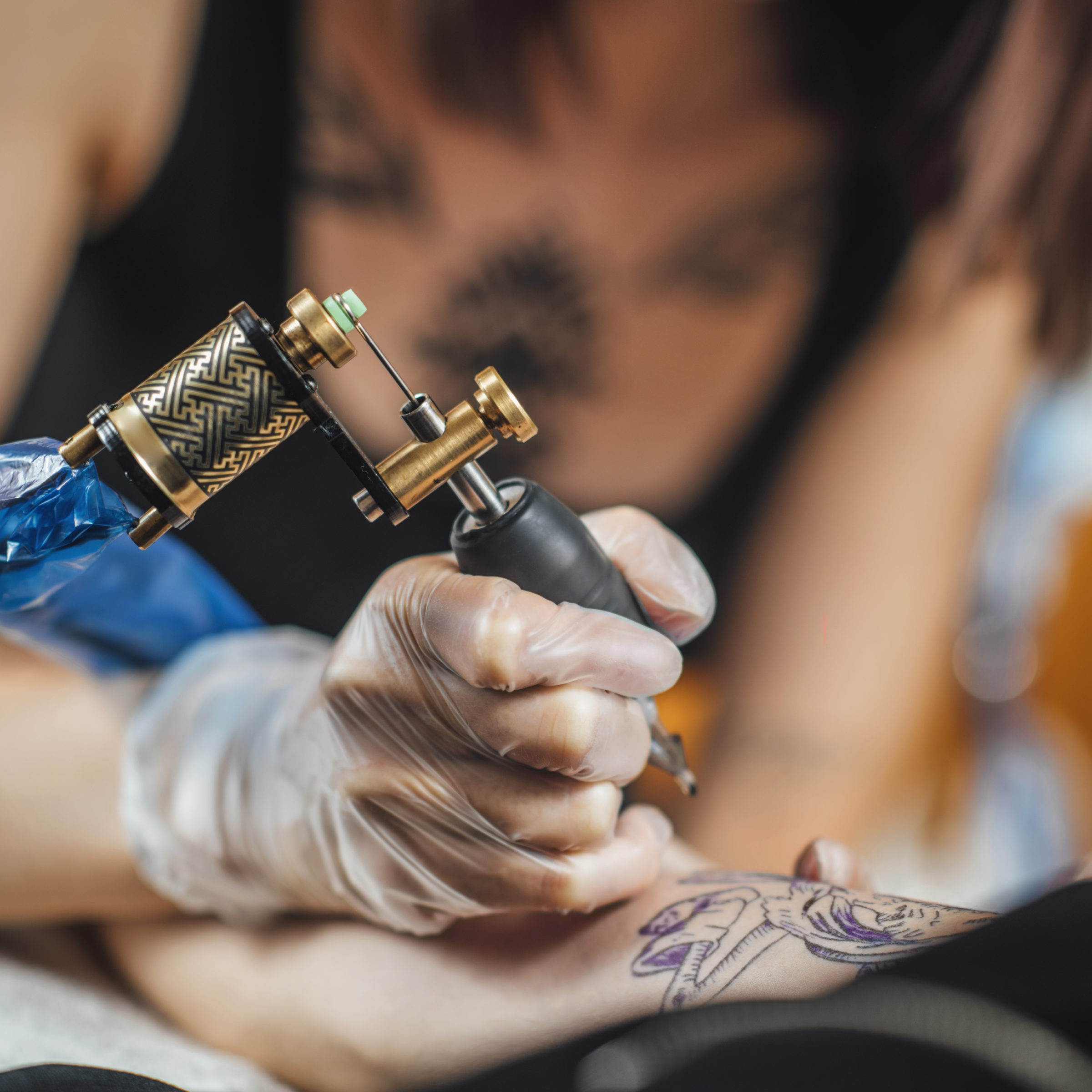
How Do Tattoo Machines Work? FREEYORK

How Do Tattoos Work? — Certified Tattoo Studios

How Do Tattoos Work? Your Ultimate Guide to the Tattoo Process
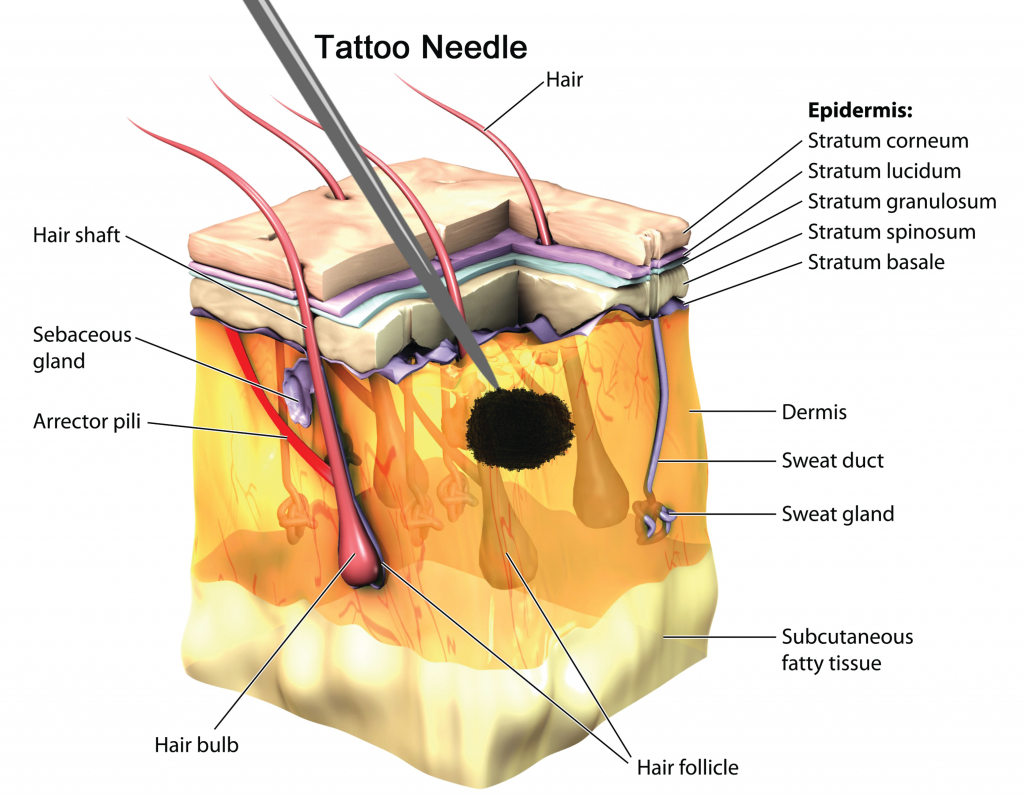
Before You Get a Tattoo, Know About Its Ink Ingredients! Procaffenation

How Tattoos Work THE WORLD FAMOUS
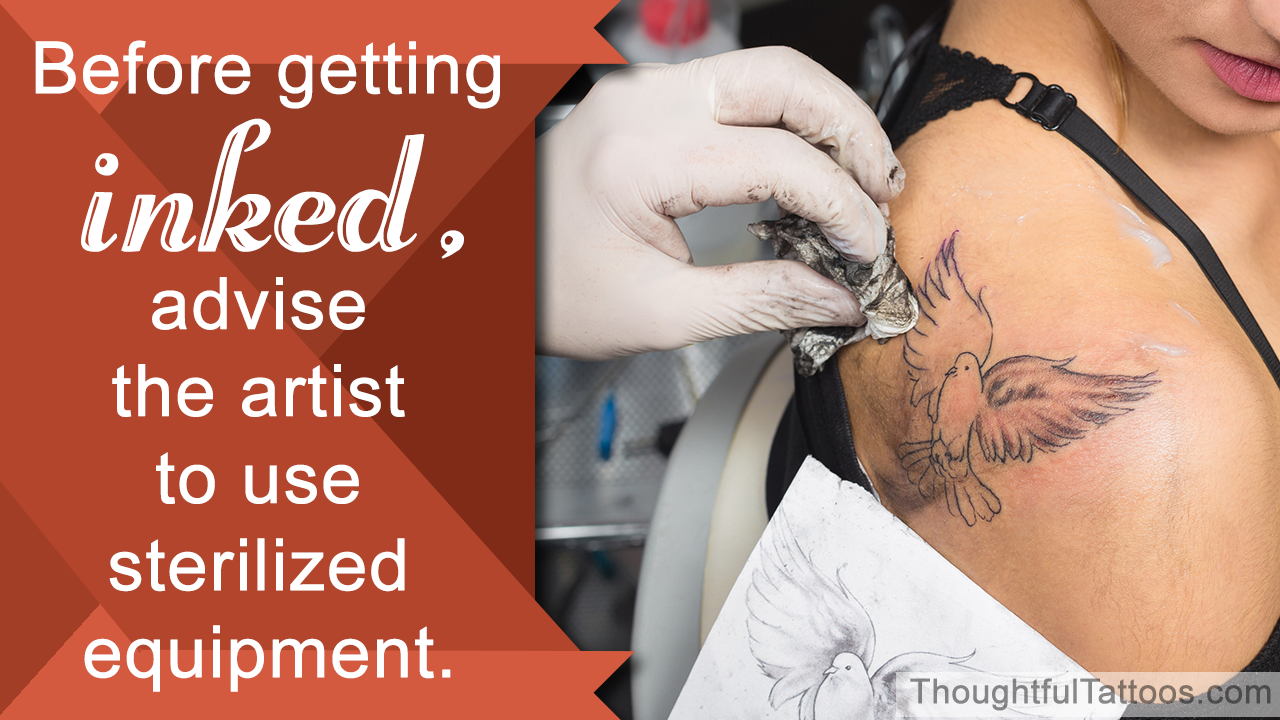
Tattoo Process Explained Step By Step Thoughtful Tattoos
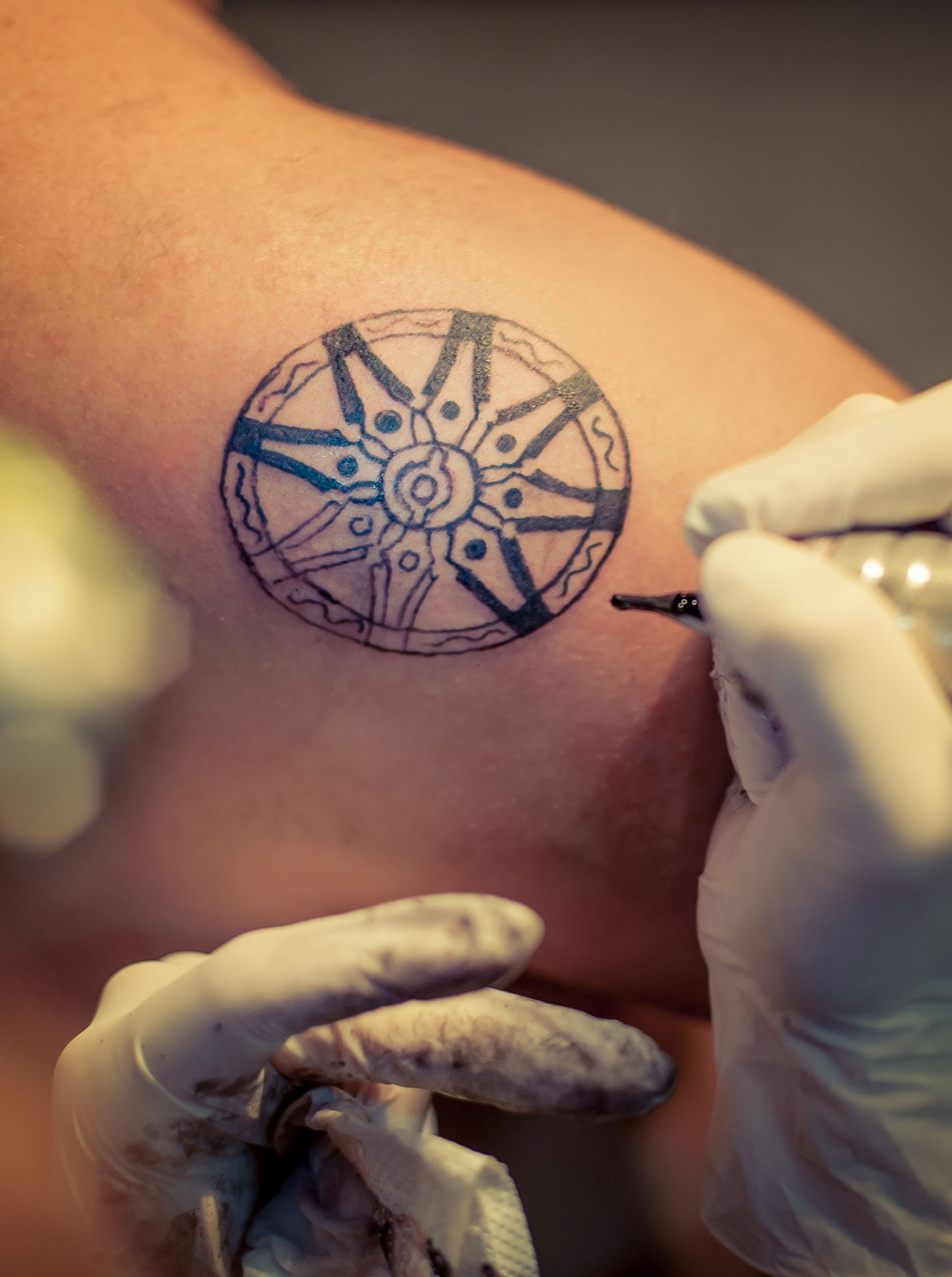
Tattoo Process Explained Step By Step Thoughtful Tattoos

How Do Tattoos Work? Quick Guide to the Science of Tattoos

This Is How Tattoo Machines Work In Slow Motion Cyprus International
Over Time, The Cells That Absorbed The Ink Will Die Off And Be Replaced Naturally.
The Machine Moves A Solid Needle Up And Down To Puncture The Skin Between 50 And 3,000 Times Per Minute.
Engelman Notes That Any Areas That Experience High Levels Of Friction—Namely Your Hands And Feet—Tend To Regenerate More.
The Artist Shades The Tattoo.
Related Post: